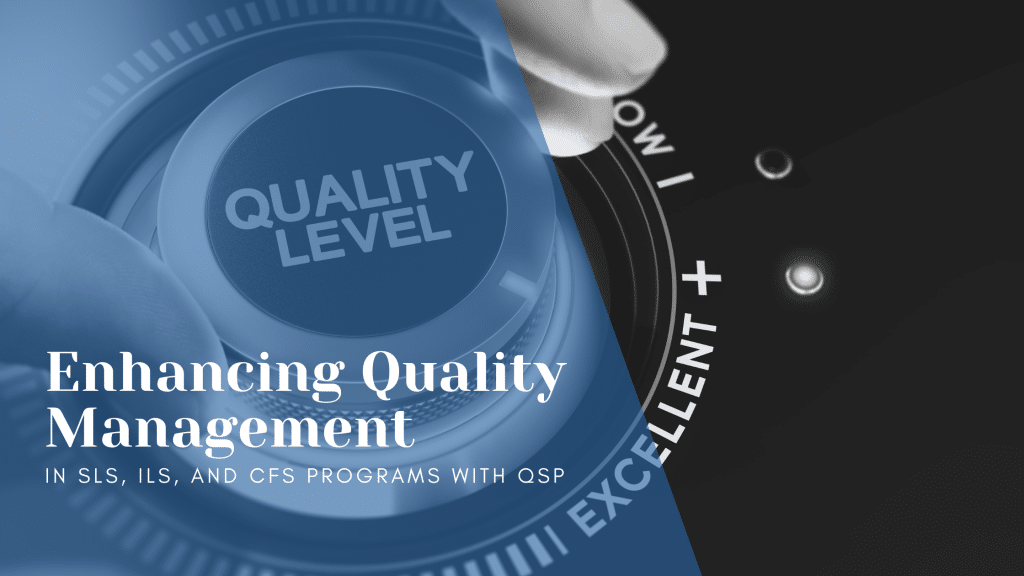Your cart is currently empty!
Medication management is one of the most high-risk responsibilities in supported living programs. For agencies that serve adults with intellectual and developmental disabilities (I/DD), avoiding medication errors isn’t just a best practice—it’s a safety imperative. With multiple staff, varying schedules, and complex support needs, the opportunity for error is high unless systems are in place to ensure consistency and accountability.
We’ve seen how technology and intentional staff practices can dramatically reduce medication risks. Here’s a look at the most common pitfalls in medication management and how you can avoid them.
1. Inconsistent Documentation
The Risk: Handwritten medication logs are prone to missed entries, illegibility, or staff forgetting to sign after a med pass. These gaps can trigger citations—or worse, harm to the person served.
The Solution:Using a digital medication log like the one built into Quick Solve Plus (QSP) ensures every med pass is time-stamped and associated with a staff user. Entries are required in real time and alerts can flag missed documentation, making it easy to stay compliant.
2. Lack of Real-Time Visibility
The Risk: Supervisors and nurses can’t always monitor med compliance daily across multiple sites. Without visibility, small issues can snowball.
The Solution:QSP allows supervisors to view real-time med pass data, including missed doses and late entries. This empowers proactive coaching and ensures oversight is happening consistently—not just during monthly audits.
3. Staff Confusion About Medication Protocols
The Risk: In supported living, staff often support multiple clients with different medication needs. Without easy access to MARs (Medication Administration Records) or PRN protocols, mistakes can occur.
The Solution:QSP’s integrated med log puts client-specific medication instructions at staff fingertips—accessible from desktop or mobile devices. This reduces confusion and increases confidence, especially for newer staff.
4. Missed Communication During Shift Changes
The Risk: When med concerns arise—refusals, side effects, or changes in prescriptions—they can get lost during handoffs or shift notes.
The Solution:In QSP, staff can document medication refusals, notes, and reasons for PRN use right in the med log. These notes are visible to the care team, nurse, or case manager in real time—improving communication and follow-up.
5. No Audit-Ready System
The Risk: Paper logs are easily lost, damaged, or incomplete—and pulling records during an audit can be stressful and time-consuming.
The Solution:With QSP, all medication entries are stored securely and can be exported with a click. Many providers find they can prepare for audits in hours instead of days, with cleaner documentation and fewer citations.
A Better Way Forward
Medication errors are preventable—but only with the right tools and culture in place. At Compass, we’ve reduced risk and improved team confidence by standardizing our medication management through QSP. The result? Stronger compliance, better communication, and most importantly—safer care for the people we serve.
Want to learn more about how QSP can support your medication management systems?Explore Quick Solve Plus features
Related article: 3 Strategies to Prevent Medication Management




